The World in a Box: The Story of an Eighteenth-Century Picture EncyclopediaAnke te Heesen This is a book about a box that contained the world. The box was the Picture Academy for the Young, a popular encyclopedia in pictures invented by preacher-turned-publisher Johann Siegmund Stoy in eighteenth-century Germany. Children were expected to cut out the pictures from the Academy, glue them onto cards, and arrange those cards in ordered compartments—the whole world filed in a box of images.
As Anke te Heesen demonstrates, Stoy and his world in a box epitomized the Enlightenment concern with the creation and maintenance of an appropriate moral, intellectual, and social order. The box, and its images from nature, myth, and biblical history, were intended to teach children how to collect, store, and order knowledge. te Heesen compares the Academy with other aspects of Enlightenment material culture, such as commercial warehouses and natural history cabinets, to show how the kinds of collecting and ordering practices taught by the Academy shaped both the developing middle class in Germany and Enlightenment thought. The World in a Box, illustrated with a multitude of images of and from Stoy's Academy, offers a glimpse into a time when it was believed that knowledge could be contained and controlled. The Afterlife of Images: Translating the Pathological Body between China and the WestLarissa N. Heinrich In 1739 China’s emperor authorized the publication of a medical text that included images of children with smallpox to aid in the diagnosis and treatment of the disease. Those images made their way to Europe, where they were interpreted as indicative of the ill health and medical backwardness of the Chinese. In the mid-nineteenth century, the celebrated Cantonese painter Lam Qua collaborated with the American medical missionary Peter Parker in the creation of portraits of Chinese patients with disfiguring pathologies, rendered both before and after surgery. Europeans saw those portraits as evidence of Western medical prowess. Within China, the visual idiom that the paintings established influenced the development of medical photography. In The Afterlife of Images, Larissa N. Heinrich investigates the creation and circulation of Western medical discourses that linked ideas about disease to Chinese identity beginning in the eighteenth century.
Combining literary studies, the history of science, and visual culture studies, Heinrich analyzes the rhetoric and iconography through which medical missionaries transmitted to the West an image of China as “sick” or “diseased.” She also examines the absorption of that image back into China through missionary activity, through the earliest translations of Western medical texts into Chinese, and even through the literature of Chinese nationalism. Heinrich argues that over time “scientific” Western representations of the Chinese body and culture accumulated a host of secondary meanings, taking on an afterlife with lasting consequences for conceptions of Chinese identity in China and beyond its borders. Quack, Quack, Quack: The Sellers of Nostrums in Prints, Posters, Ephemera, & BooksWilliam H. Helfand This authoritative and entertaining exhibition catalog explores the long visual history of a rich and neglected topic: medical quackery, from the itinerant seller of nostrums four centuries ago to the unsolicited spam of today's internet. Presenting a broad variety of material—prints by William Hogarth and Honoré Daumier, posters by Jules Chéret and Maxfield Parrish, and books by H. G. Wells and S. Weir Mitchell—Quack, Quack, Quack offers a delightful look at the remarkable artistry and elaborate language quacks used to peddle their wares: lavish pronouncements, excessive postures, and imaginatively exalted therapeutic promises.
The earliest quacks, we see, dressed elaborately, inflated their credentials, and embraced an extravagant vocabulary to market their panaceas, at times claiming their pills and salves would cure all disease. They were succeeded in short order by the makers of proprietary medicines, many of whom adopted quack-style promotional methods while introducing new ones of their own. These vendors advertised widely—often with celebrity testimonials—publishing broadsides, posters, pamphlets, and manifestos to amplify their claims.
And though recent strides in medicine mean that most people avoid quacks, and efforts have been made to rid society of patent-medicine makers, the quack survives to the present day, promising to make us all thinner, better-looking, healthier, or more sexually potent. This catalogue—and the 2002 New York City Grolier Club exhibition it originally accompanied—are fascinating reminders of how long such promises have been with us, and in how many unique and scintillating ways they've been made. Reinventing the WheelJessica Helfland "A locus for focus, a little engine, a thought generator.” — Eye
"This thoroughly unusual book will delight graphic, information, and book designers. It will equally fascinate those interested in intellectual history, history of technology, and popular culture.” — Library Journal
Now available in paperback, this delightful book spins the history of the information wheel, as inventive and instructive as intriguing, that has been used since the fourteenth century to measure, record, predict, and calculate everything from time and space to military history to recipes. In this fascinating book, designer and critic Jessica Helfand offers and in-depth look at these unique artifacts, which are not only clever and amusing but, Helfand argues, relevant as a model for modern interactive design. From circular mathematical slide rules to Captain Marvel phonetic decoders, Reinventing the Wheel demonstrates the astonishing range and remarkable utility of these ingenious "interactive” tools. Counter Culture: The Allure of Mini-MannequinsLouise Fili Steven Heller If sex sells, what better come-on for merchants of the repressed decades of the 1930s, 40s, and 50s than the come-hither wink of a coquettish countertop mannequin?
In Counter Culture, Steven Heller and Louise Fili take us on a colorful peep show of these sexy, sometimes erotic, but always fetishistic, plaster bodies and body parts. Theirs is a surreal look at how mannequins play on consumers' desires, acting as agents of seduction, beckoning us toward that ultimate act—the consumption of goods.
In this entertaining book, Heller and Fili unearth the fault line between sex and shopping—between voyeurism and "just looking"—that underlies much of modern commerce. | HeteropteraCornelia Hesse-Honegger Since 1987, drawing and painting directly from nature, Cornelia Hesse-Honegger has fought a one-woman campaign against the scientific establishment to show that artificial radioactivity, whether at high or low levels of fallout, is mutilating the insect and plant life that relate directly to genetic damage sustained by humans living under the same conditions. Following the path of the fallout from the nuclear disaster at Chernobyl in the Ukraine in 1986, she has collected bug and leaf specimens from sites in Sweden, Switzerland, and around the Chernobyl power plant itself. She has also studied insect and plant life around Sellafield in England, and at Three Mile Island in the United States. In every case, she has produced exquisite watercolors and drawings which record the malformations and growths she has found in meticulous detail, and the beauty of her art work only makes our understanding of the damage more acute. This is a brave and deeply political book which should be read by anyone concerned with the future development of life on the planet from the smallest bug in the garden to our children, and to their children after them. |
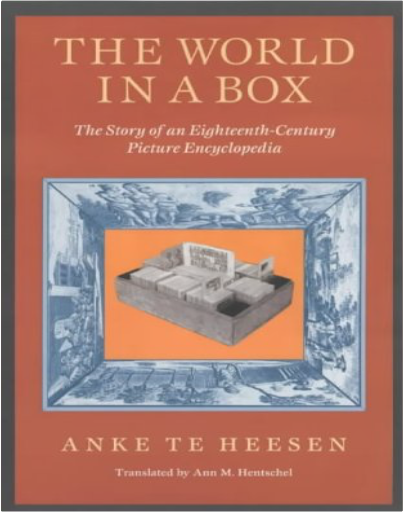
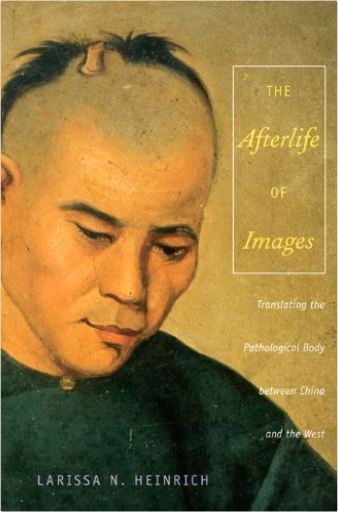



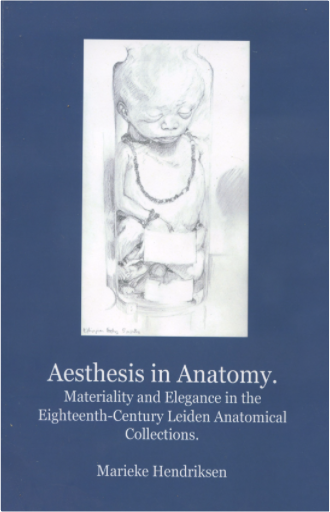
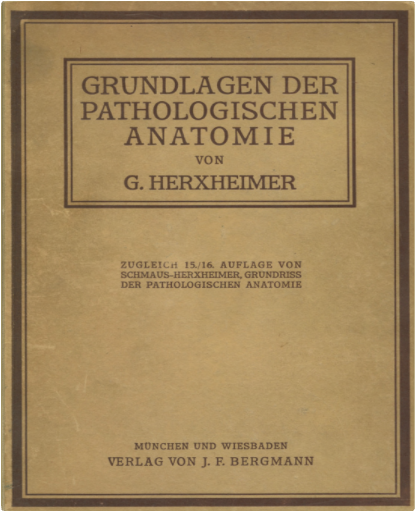
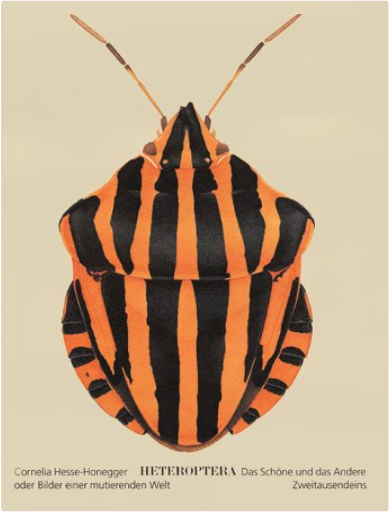




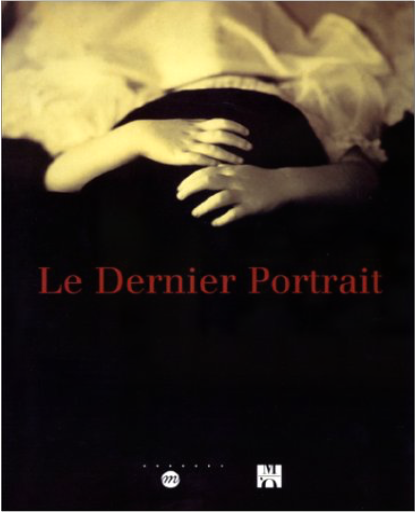
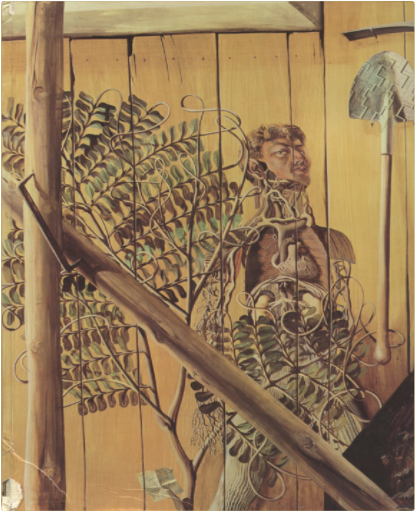
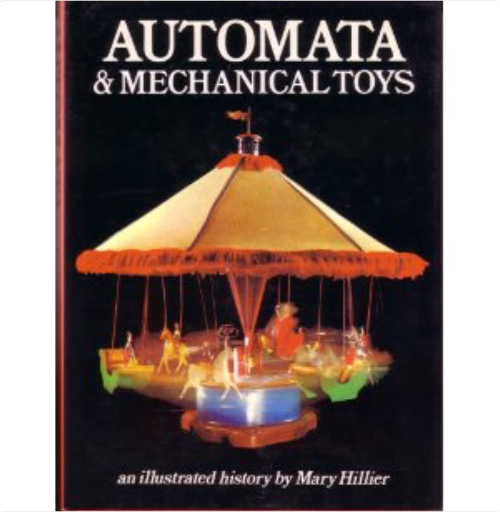
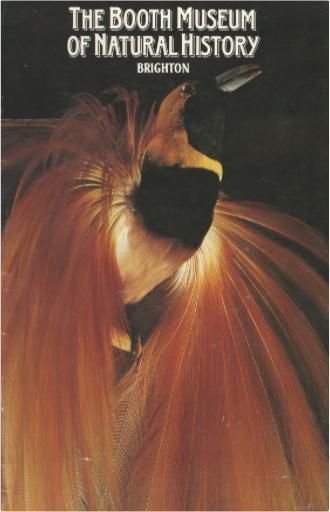
 Made with Delicious Library
Made with Delicious Library